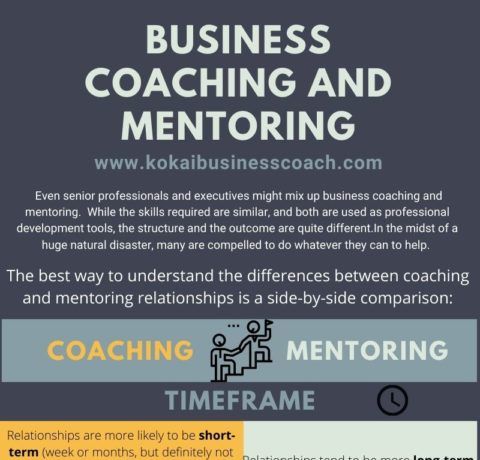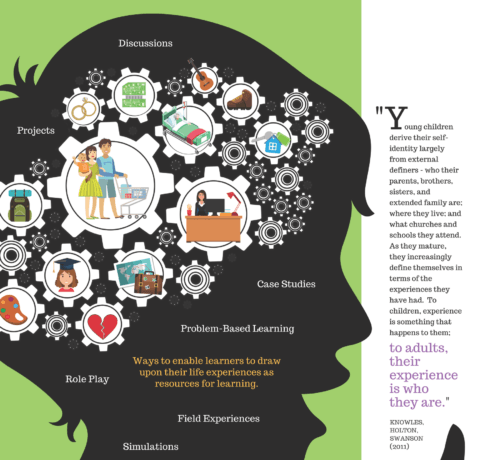Kirkpatrick's Levels of Evaluation Infographic
If you deliver training for your team or your organization, then you probably know how important it is to measure its effectiveness. After all, you don't want to spend time or money on training that doesn't provide a good return. This is where the Kirkpatrick's Levels of Evaluation Infographic and the Kirkpatrick's Four-Level Training Evaluation Model can help you objectively analyze the effectiveness and impact of your training, so that you can improve it in the future.
LEVEL 1: SATISFACTION
Describes immediate reaction to program. Tells us how people feel. Information is quick and easy to obtain. Used by most organizations: post-training surveys, feedback forms, smile sheets, focus groups, interviews.
Can be entirely situational and focused on delivery aspects (i.e: the room was too hot!)
Totally perception based. Usually uses Likert scales, which can be skewed or lack refinement (what is the difference between 3.2 and 3.8 satisfaction?)
Useful? Relevant? Practical? Good investment? Valuable? Intent to use?
LEVEL 2: LEARNING
Measures increase in knowledge and skills. Ideally should be done before, during and after instruction/program. Most organizations opt for a questionnaire, but others methods can be used too: facilitation assessments, skills practices, performance demonstrations, simulations, team assessments, skill/confidence building exercises.
Challenge in testing beyond simple rote knowledge. Major debate over embedded vs. final testing & immediate vs. delayed testing. How do you evaluate in a way that is meaningful and fair to the learner?
Competency, Information, Confidence, Skills, Knowledge, Awareness, Capability
LEVEL 3: BEHAVIOUR
The extent that learning is transferred back to the workplace. Measures intermediate outcomes such as use of skills and knowledge, on-the-job performance changes and program implementation.
- On the job coaching
- On the job testing
- Random job assessment
- Manager appraisal
- Self appraisal
- 360 degree appraisal
- Performance Reviews
Performers often return from trainings motivated, but behaviour is not applied back at the workplace.
WHY?
- Training does not meet job requirements
- Performers often return from trainings motivated, but behaviour is not applied back at the workplace.
- Performers often return from trainings motivated, but behaviour is not applied back at the workplace.
LEVEL 4: RESULTS
Describes impact on the organization. The consequences of applying new knowledge & skills back at work. Typically measured by questionnaires, action planning, performance contracting and performance monitoring.
There needs to be a baseline to compare results. You also need to identify and consider all the other factors that may influence key indicators. Are changes actually the result of the program?
Typical Impact Data: Incidents, Errors/Waste, Outputs, Efficiency, Turnover, Accidents, Productivity, Downtime, Employee Satisfaction, Absenteeism
MODELS OF LEVEL 5
Jack Phillips Return on Investment Model - Benefit to cost ratio:
- Considers benefits of programs based on monetary value.
- Debate regarding whether ROI fits in Kirkpatrick's level 4 or should be considered independently.
- If the cost is more than the benefit, a program is not worth pursuing.
Kaufman's Societal Model - Impact on the Mega Level
- We should look beyond the client & organization and instead evaluate program's impact on society as a whole.
- Longterm benefit may outweigh the cost. Investing in education has been proven to raise GDP in the longrun.
View also:
Read also:







You can adjust your cookie preferences here.